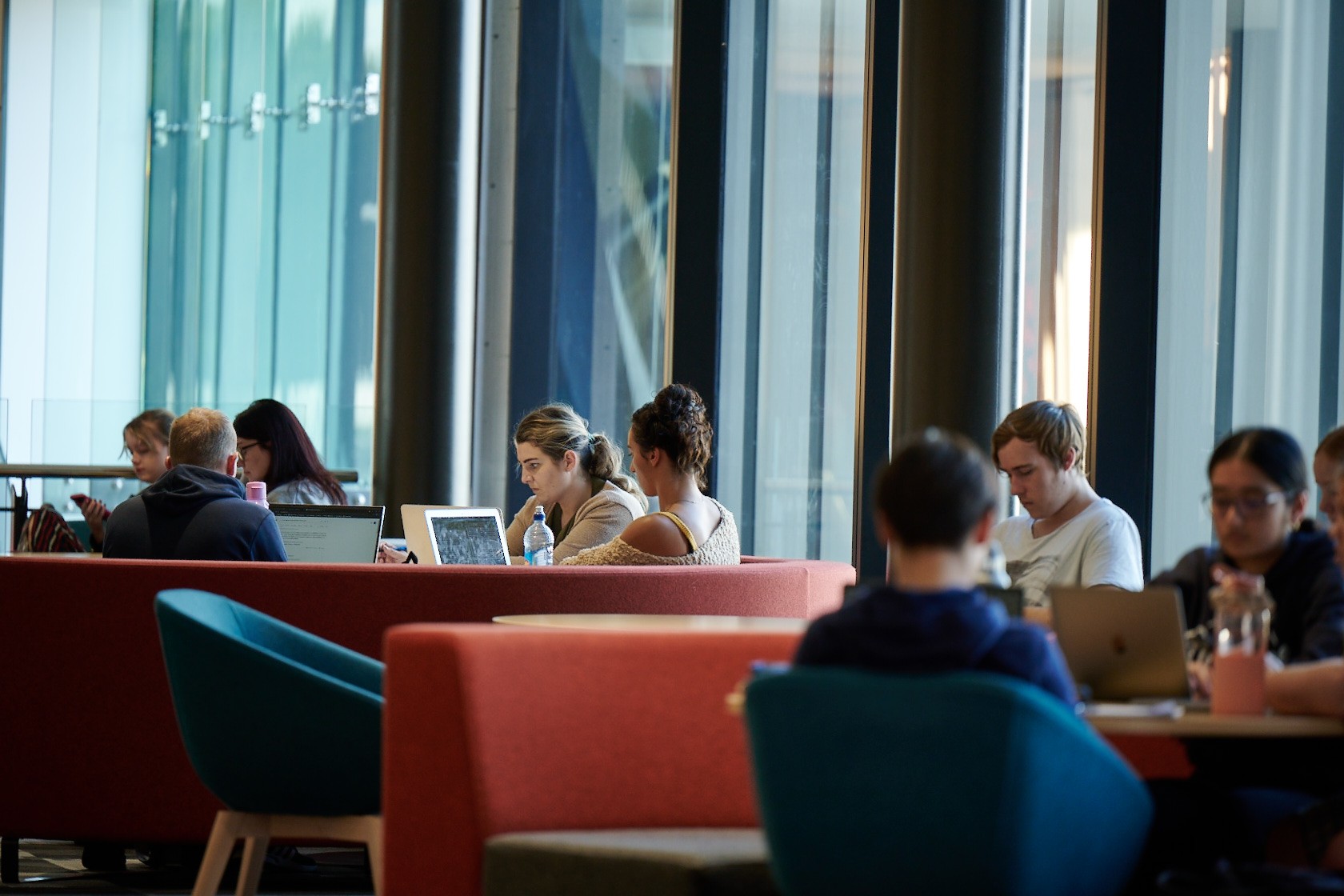{{ result.title?.raw }}
{{ result.summary?.raw }}
Filter news

You’re currently viewing the website as a domestic student, you might want to change to international.
You're a domestic student if you are:
You're an International student if you are: